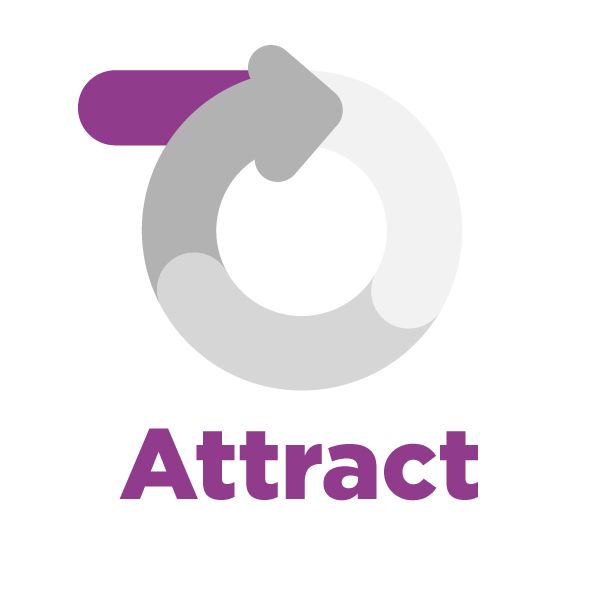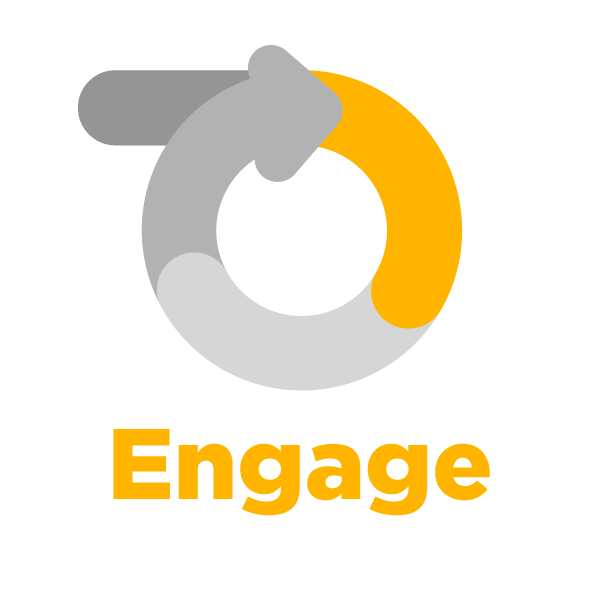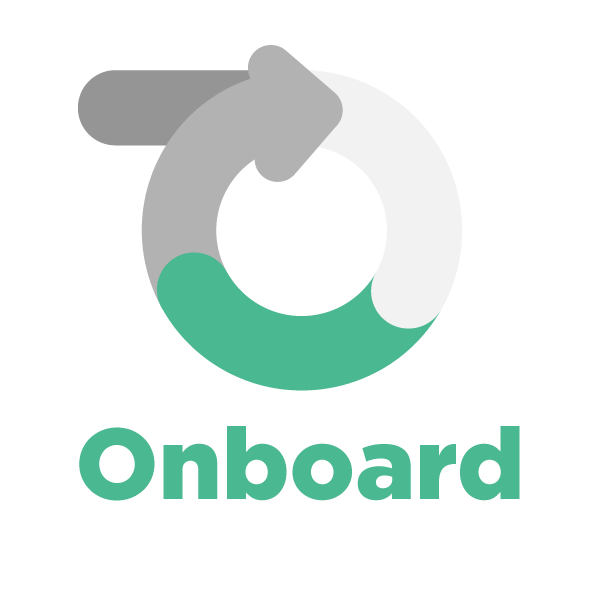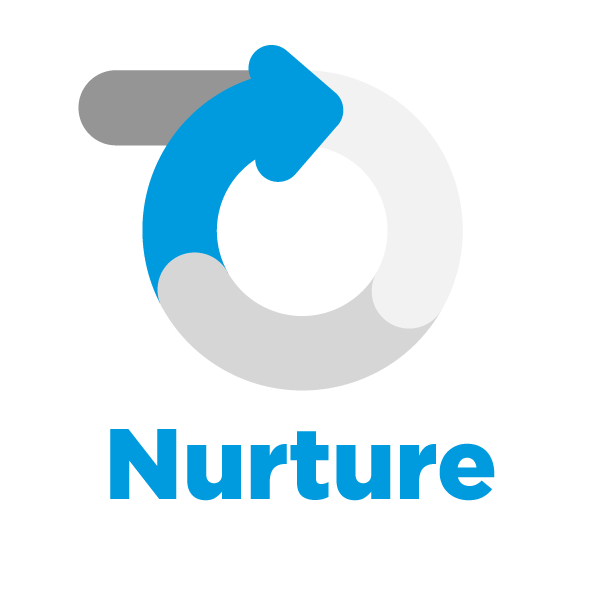Using Bullhorn Automation today?
Master candidate engagement with how-to playbooks.
Looking for more tips for engaging candidates?
Discover 4 ways to put a candidate engagement plan into action.
Email open, click, and reply rates
Know your audience. Are you sending the same generic mass email to all of your candidates, or are you sending personalized content and messages that resonates?
Engagement scores of contacts in your ATS
Calculation based on how they’ve interacted with your messages and website. Opening emails scores a few points, clicking links will get more points, and viewing jobs or buying signals will score even higher. Generally, a score over 75 means the contact or candidate is engaged. The higher the score, the healthier and happier the contact.
Net Promoter Score (NPS)
Survey candidates and clients about the likelihood that they would recommend your company and services to people in their network. This should be done once or twice a year (monthly if you have a large base) to keep a pulse.
Percentage of complete data in your database
Identify the most important information to capture from candidates. Then measure how many of your contacts have these key fields filled out. More complete data means more personalized engagement.
Explore the Connected Recruiting phases

Attract and convert more applicants
The Attract phase of the talent lifecycle is all about streamlining your application process and tailoring your brand to offer a memorable experience — from their first interaction with your website to your application follow-up.

Meet candidates where they are
The Engage phase of the talent lifecycle is all about knowing your audience. Do you have enough information about all the candidates in your database to be able to deliver the right message, at the right time, in the right channel, for the right opportunity?

Take the busywork out of onboarding
The Onboard phase of the talent lifecycle is all about checking the administrative requirements while delivering a positive candidate experience (in the lead up to their first day and throughout their assignment).

Increase redeployment and candidate satisfaction
The Nurture phase of the talent lifecycle is all about building long-term relationships, making the most of your existing database, and leveraging reviews and referrals, to ultimately build a talent community.




